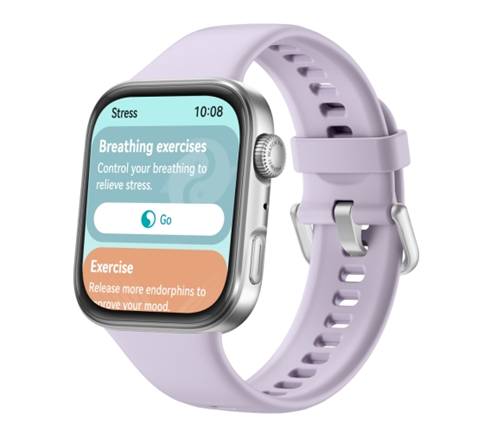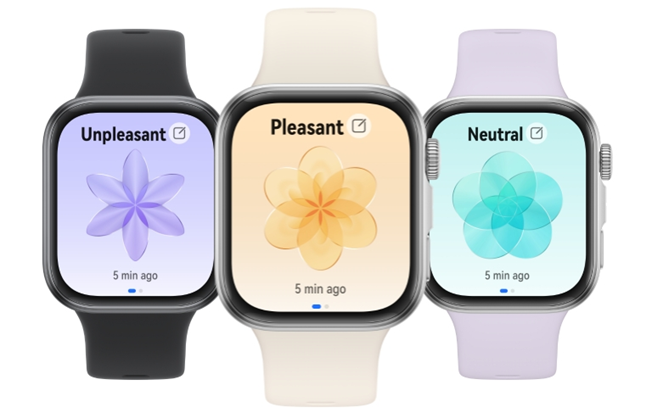Wearable technology plays a crucial role in promoting mental wellness. From smartwatches to fitness trackers, these devices offer tools for better understanding and managing mental health. They track physiological signs like heart rate and sleep patterns, providing data that helps in stress management and emotional regulation. Wearables offer real-time feedback and valuable insights into mental states, empowering users to make informed decisions about their well-being. With the advancement in AI and data analytics, wearables have become indispensable tools in the journey towards improved mental health.

The Role of Wearables in Stress Management
Monitoring Stress Levels with Wearables
Wearables monitor stress by measuring physiological markers such as heart rate variability and skin conductance. These insights allow users to understand their stress triggers and patterns. Devices often display this data through user-friendly interfaces, making it easier for individuals to identify moments or situations that cause stress. This real-time monitoring encourages proactive stress management, enabling users to take action before stress escalates. By understanding these patterns, users can tailor their lifestyle choices to reduce stressors and maintain a balanced mental state.
Wearable Devices for Relaxation and Breathing Exercises
Wearable technology aids relaxation by integrating guided breathing exercises. Devices like smartwatches come equipped with applications designed to guide users through timed breathing sessions. These exercises help activate the body’s relaxation response, reducing stress and promoting calmness. By providing step-by-step instructions and visual feedback, wearables make it easier for individuals to engage in deep breathing, enhancing relaxation and mindfulness. This feature empowers users to incorporate breathing exercises into their daily routines, facilitating better stress management and emotional well-being.
Real-Time Stress Alerts and Coping Strategies
Modern wearables provide real-time alerts when stress levels rise. These notifications enable users to implement coping strategies immediately. For instance, a smartwatch might vibrate when the heart rate increases, prompting the individual to pause and practice relaxation techniques. Some devices also suggest personalized coping mechanisms, such as short meditations or walking breaks. This real-time feedback loop allows users to address stress proactively, preventing it from becoming overwhelming. By incorporating wearables in daily life, individuals gain access to a constant support system for stress management.
Enhancing Sleep and Mood through Wearable Tech
Wearables for Tracking Sleep Patterns and Quality
Wearables track sleep by monitoring movements, heart rate, and even oxygen levels. These metrics provide insight into sleep quality and patterns, highlighting issues like insomnia or sleep apnea. By analyzing this data, users can identify disruptions and make necessary adjustments to improve their sleep hygiene. Wearable devices often present this information in an easily digestible format, helping users understand their sleep cycles. Improved sleep quality contributes to better mood regulation and overall mental health, making wearables an essential tool for enhancing rest and recovery.
AI-Driven Insights for Better Sleep Hygiene
AI technology integrated into wearables offers personalized sleep recommendations. By analyzing sleep data, AI algorithms suggest changes in bedtime routines, lighting, and environmental conditions. These insights help users create an optimal sleep environment, encouraging consistent, high-quality rest. The personalized nature of these recommendations enhances their effectiveness, as they cater to individual needs and preferences. By following AI-driven advice, users can achieve better sleep hygiene, leading to improved mood stability and mental clarity throughout the day.
Mood Monitoring and Emotional Regulation
Wearables monitor mood through biometric data and user inputs. By tracking indicators like heart rate and activity levels, these devices provide insights into emotional states. Some wearables prompt users to log their feelings, creating a comprehensive mood diary. This data helps individuals recognize emotional patterns and triggers, aiding in emotional regulation. With the ability to view this information over time, users can identify correlations between lifestyle choices and mood fluctuations. This awareness empowers individuals to adopt strategies that enhance emotional balance and mental wellness.

Wearables and Mental Health Support
Using Wearables for Anxiety and Depression Management
Wearables support individuals with anxiety and depression by offering tools for symptom management. Features such as guided meditations, breathing exercises, and physical activity reminders can alleviate symptoms. By tracking progress and providing motivational feedback, wearables encourage consistent engagement with coping strategies. This active involvement in one’s mental health journey can lead to better outcomes and increased resilience. Additionally, wearables foster self-awareness by offering concrete evidence of improvement, reinforcing positive behaviors and mental wellness practices.
Integration with Therapy and Support Apps
Wearables often integrate seamlessly with mental health apps, enhancing therapeutic experiences. Users can share physiological data with therapists, providing valuable insights for treatment plans. This integration enables a more holistic approach to mental health care, combining professional guidance with real-time data. Support apps connected to wearables can offer personalized content, such as reminders for therapy exercises or motivation boosts. This synergy between technology and therapy enhances the effectiveness of mental health support, offering individuals a comprehensive toolkit for managing their well-being.
Wearables as Tools for Mindfulness and Mental Clarity
Wearables promote mindfulness by offering features like meditation guides and mindful activity reminders. These tools encourage individuals to focus on the present moment, reducing anxiety and increasing mental clarity. Through consistent practice, users can develop a heightened awareness of their thoughts and emotions, fostering a more mindful approach to daily life. Wearables make it easier to incorporate mindfulness into routines by providing structured guidance and timely reminders. This integration of mindfulness practices supports overall mental wellness and emotional stability.
Conclusion
Wearable technology significantly impacts mental wellness by providing tools for stress management, sleep improvement, and emotional regulation. Through monitoring physiological data, offering real-time feedback, and integrating with mental health apps, wearables empower users to take control of their mental health. For example, a HUAWEI band can help track stress levels and promote mindfulness through guided breathing exercises. These devices facilitate proactive management of anxiety and depression while also promoting mental clarity. As wearables continue to evolve, their role in enhancing mental wellness becomes increasingly important, representing a valuable resource in the pursuit of balanced mental health.
